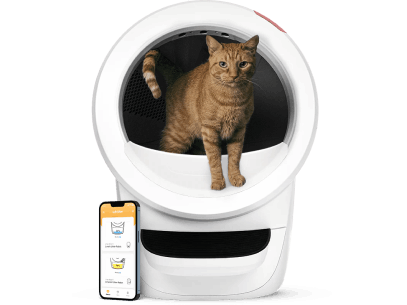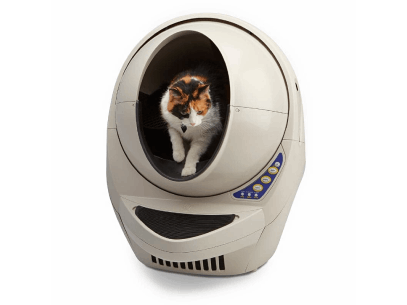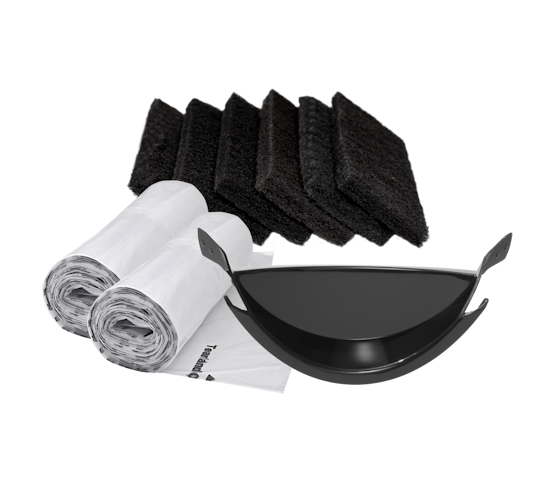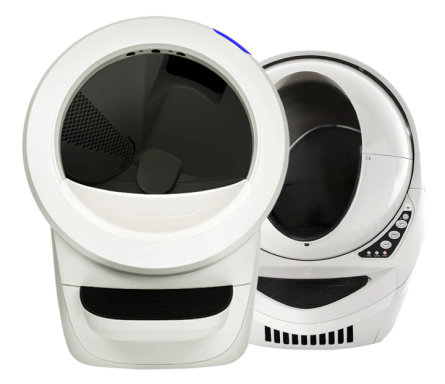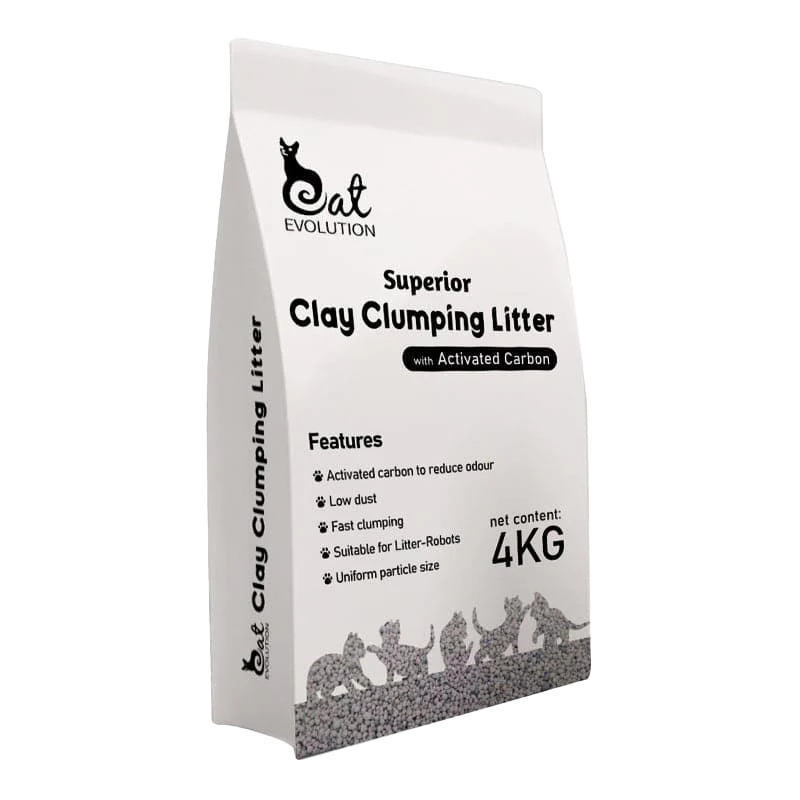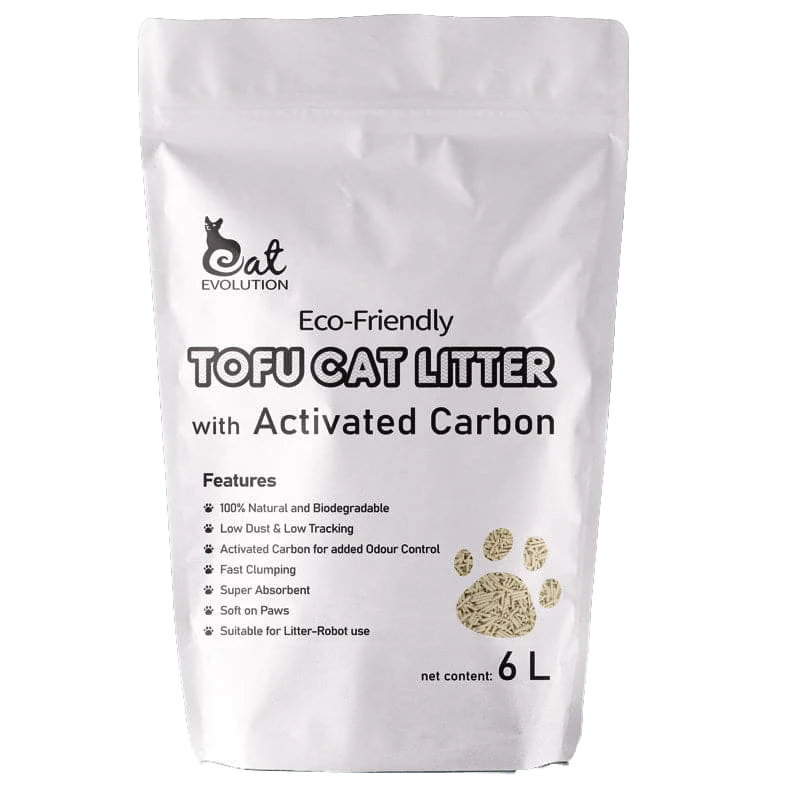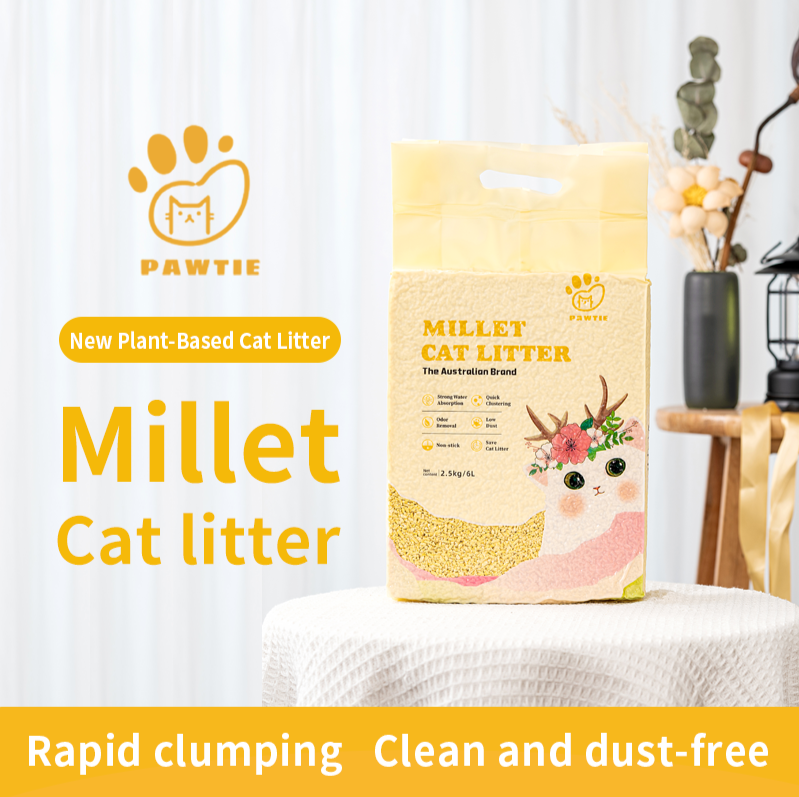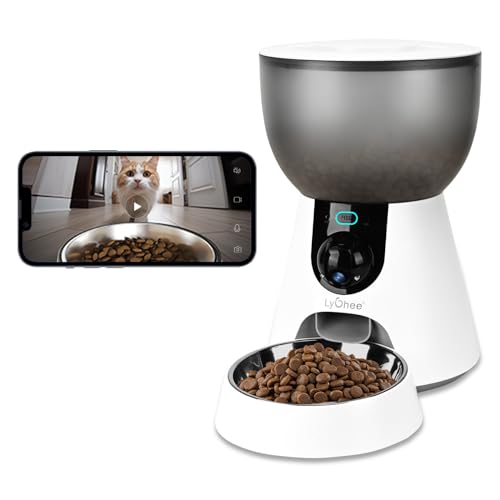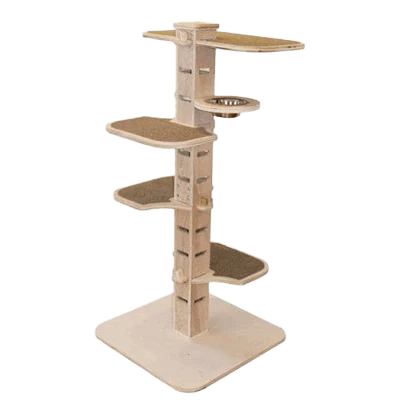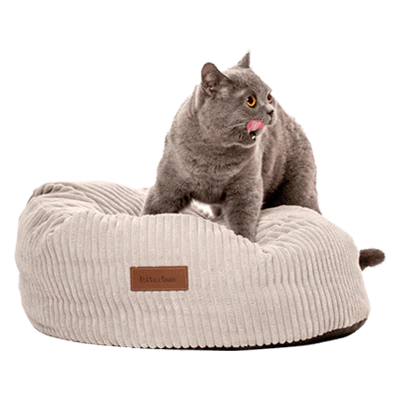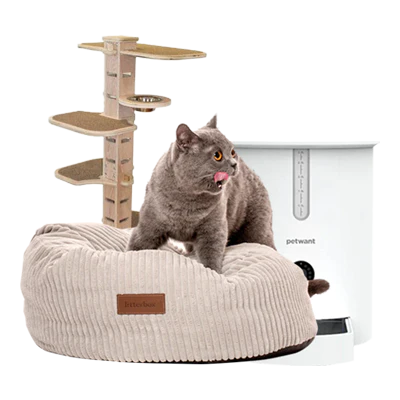One of the key features of the amazing Litter-Robot III open air is versatility in litter able to be used.
The Litter-Robot is designed for clay clumping litter, but there are now more plant based litters available, should that be a preference. However, there are some considerations when it comes to choosing a litter you and your cats prefurr.
First, general characteristics of litters that are good for your cats and for the Robot:
- Low dust
- Fast clumping
- if possible activated carbon or charcoal for odour help
Practical considerations are budget, availability, number of cats, cat preference and also, often missed, climate. PLUS ideally, 4.5kg of litter (between 4 and 5kg) in the globe for cat sensor operation.
Clumping litter is based on absorption ability, and fast clumping litters can absorb moisture from the air in higher humidity, causing issues with drying. It is the absorb and outer clump drying process that helps contain uric acid odours, so a faster clumping litter is better, but not if it is struggling with high humidity and staying wet as a result. A courser litter may actually be the better choice in high humidity, or even a mix of clay and corn litters as an example. Cat Evolution Premium and Worlds Best Corn Clumping LItter red bag is rated highly by some customers.
As clumping litters are generally mixable, it can pay to play mixologist with available litters to suit your considerations. Also, you may find adjusting for summer Vs winter temperatures and humidity, worthwhile to maximise your Robot experience.
Climate and cats vary a lot across Australia, so it can be a mission to get what works best for you. It is worthwhile, as a better litter mix will enhance your Robot experience, and particularly, litter with carbon in it such as the Cat Evolution Superior Clay Clumping can really improve globe and waste drawer odours in hot Aussie summer conditions in comparison to non-carbon litters.
Tofu and plant based litters generally dont set and lock in the moisture (and urine odour) as well as clay litters, and can go mouldy in the drawer over time. They are better for multicat house holds where the waste drawer is emptied every 1-2 days. If you are used to Tofu litters, Cat Evolution Tofu with carbon is excellent and suitable for use in the Litter-Robot.
If your Robot liner has developed some odour issues, it is usually due to material sticking to it and infrequent globe washing. Its best to ensure you do deep clean the Litter-Robot as per the makers recommendations, and preferably wash the globe as it is, after all, the cat tray part of the appliance. As the globe liner is made of heavy duty PVC, it is a softer material than the hard plastic case. To address odour within the black liner, the Litter-Robot Spray cleaner is an excellent well priced enzyme cleaner designed for use in, and on the Robot, and is safe for Robot and cats. It is usable on any cat spills as well as for cleaning the Robot and addressing any lingering odours.
For a little cleaning insight, I wash the globe and let dry, then use the cleaner spray to spritz the liner (and underside if that needs cleaning) and let it dry so the enzymes can keep working under added litter, dealing with any lingering odour. I also use it to spritz the grey fuzzy base seals once I have hard brushed out the dust and dry litter debris. A wipe over with a micorfibre cloth then leaves a light residue to keep working on these too, keeping the Robot soft parts fresher for longer and avoiding needing to replace them unless damaged.
If the carbon filter is holding odour, and I dont have a new one on hand and have rinsed mine a couple of times (gentle clean water only rinse and sun dry to refresh) you can spritz it too to help as a short term fix.
Wiping the paws and pawprints is also effective with a little spray on a microfibre or papertowel, if you have a messy kitten or cat on hand.
The enzymes are designed for the Robot, and cats, and its pretty economical if used as suggested, being 700mls.
Whilst reviewing the cleaning, its worth checking the bonnet and base connectors for any build up of material that may cause cycle issues due to reduced power flow. The yellow blinking light, if slow blinking (1 per second) and bonnet removal report for Connected Robots, means your bonnet and base connectors need a good polish to remove built up carbon (actually called fretting corrosion). A little hard rubbing to polish the dark deposits off, using a dry chunk of magic eraser, is all that is needed to keep these parts shiney and servicable. For more insight, check out this article (dont worry, its super easy) https://catevolution.com.au/cleaning-your-bonnet-and-base-connectors
I hope this helps and do purrlease share if you find any really good litter combinations, by emailing sales@catevolution.com.au.
